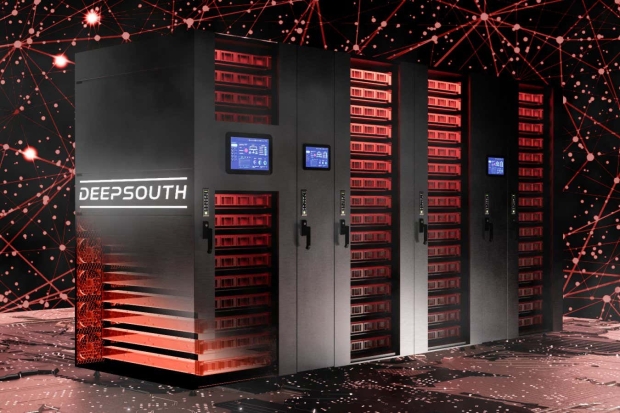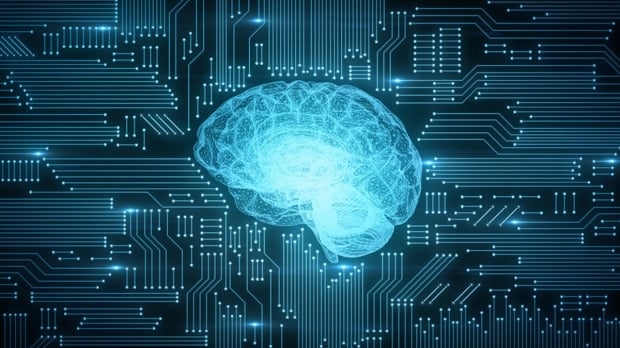A team of researchers has announced they will be turning on the world's first supercomputer that's designed to emulate the neural network of a human brain.

The researchers from Western Sydney University Australia announced via a press release that the supercomputer called DeepSouth is capable of emulating a network of spiking neurons at 228 trillion synaptic operations per second, which puts its performance near that of the operational power of a human brain. The team believes that designing a supercomputer comparable to the scale and power of a human brain will lead to a greater understanding of how our brains compute.
Most researchers designing supercomputers build them around raw compute power, but since the team behind DeepSouth is attempting to replicate a brain's network of neurons, the design means it will be more efficient, less power-hungry, and likely cheaper. The researchers believe that creating a simulated brain supercomputer will have widespread implications if more is understood about how the brain functions.
The team believes that the new supercomputer could lead to the development of "brain-scale computing applications in diverse fields including sensing, biomedical, robotics, space, and large-scale AI applications."
"Progress in our understanding of how brains compute using neurons is hampered by our inability to simulate brain like networks at scale. Simulating spiking neural networks on standard computers using Graphics Processing Units (GPUs) and multicore Central Processing Units (CPUs) is just too slow and power intensive. Our system will change that," Professor van Schaik said.
"At the end of the day there's two types of researchers who will be interested in this - either those studying neuroscience or those who want to prototype new engineering solutions in the AI space,"If you are trying to understand the brain this will be the hardware to do it on," said Johns Hopkins computer engineering professor Ralph Etienne-Cummings, who was not involved in the project, told New Scientist.


